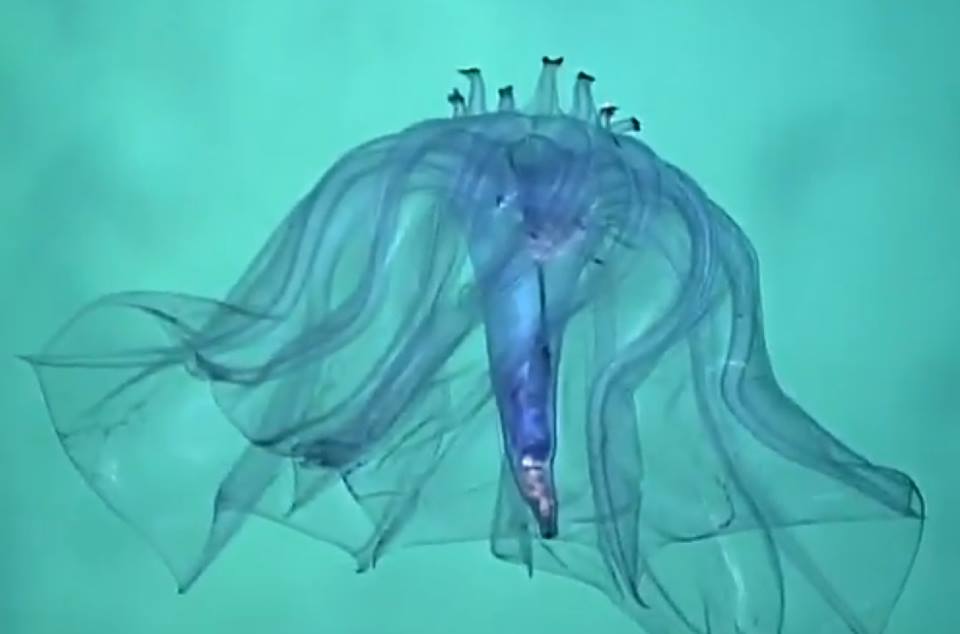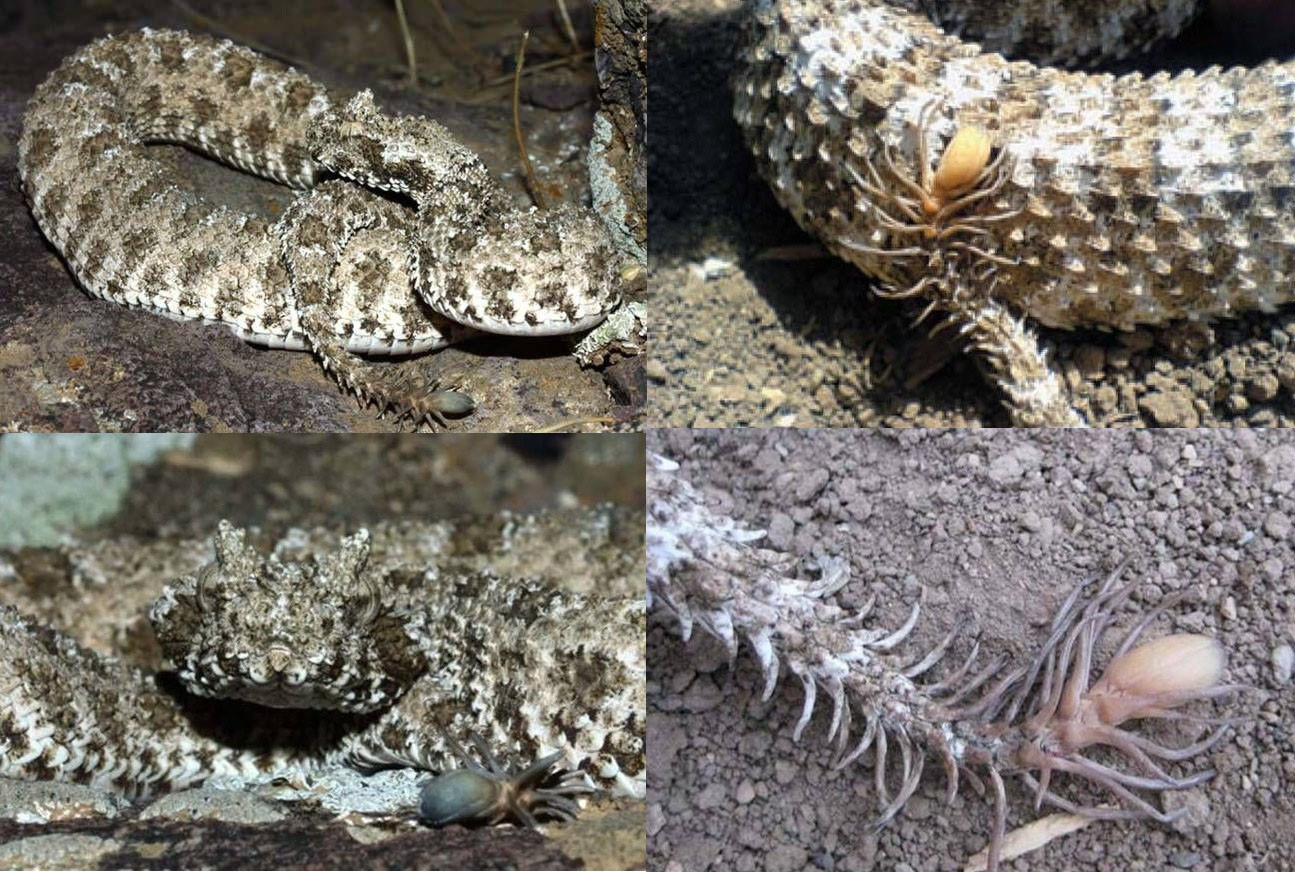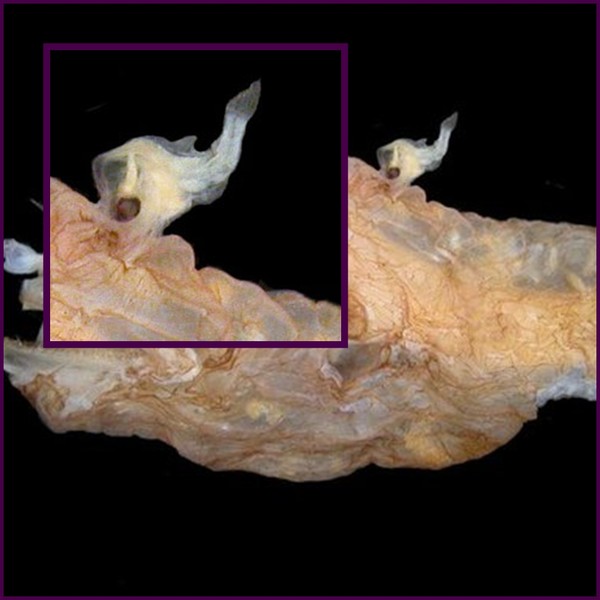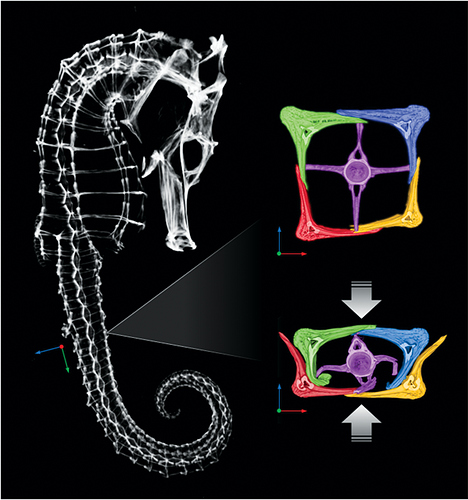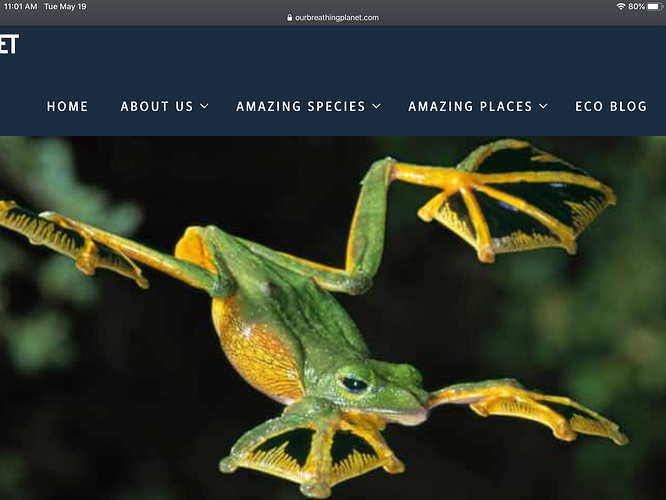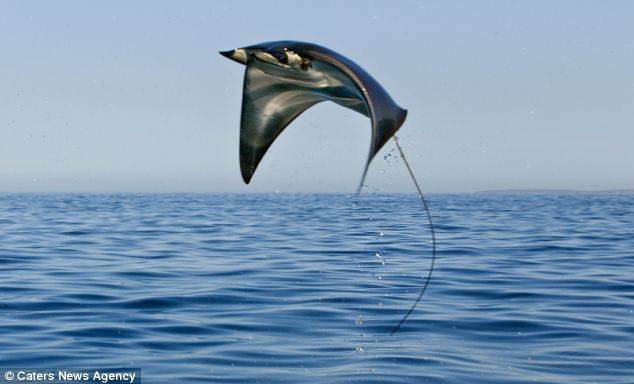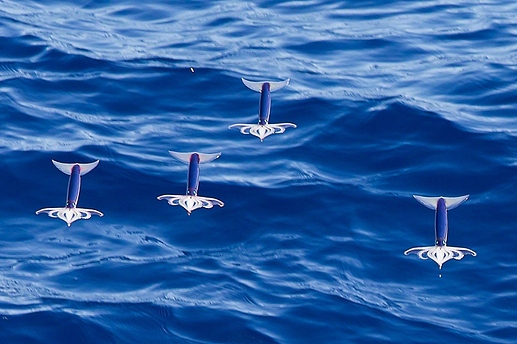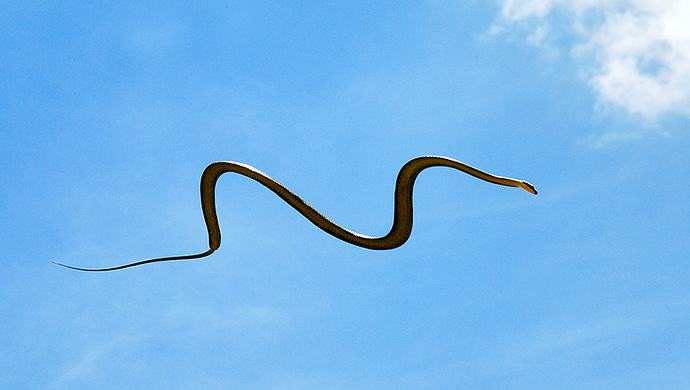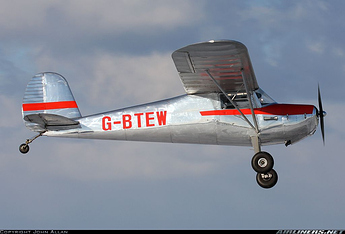First post only about plants!
1.“Mimosa pudica” - plant, that have the leaves of which have an interesting feature. When something touch them, its leaves are folding. It’s happening, because at the base of the petioles are water membranes, and the leaves have sensory areas that respond to pressure. Upon contact, the water moves to this place, and under its weight the leaves curl and fall. In one study, it was found that Mimosa shy has the ability to" remember " the features of each contact and if he is not a threat, will not roll the leaves.
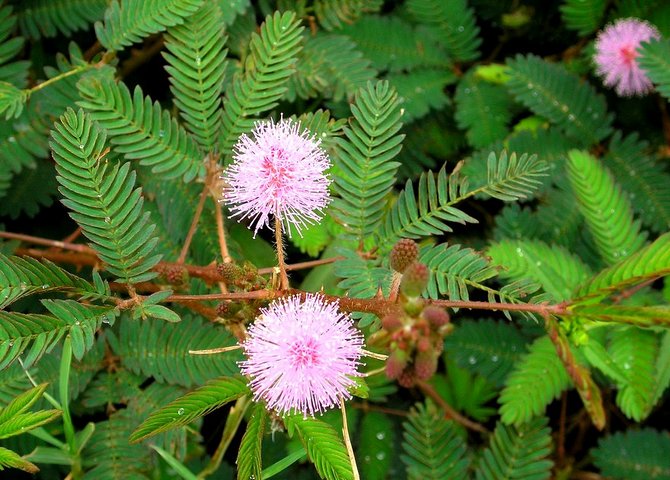
2.“Lithops” - or plants-stones got their name thanks to their appearance. Two fleshy leaf remind stone with a crack in the middle, from which subsequently emerges the flower itself. Mimicry at summit level.
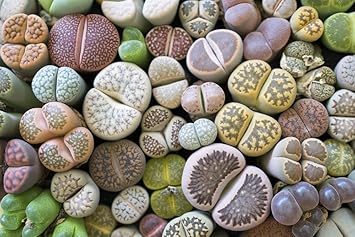
3.“Venus flytrap” - carnivorous plant, I know, that not only one carnivorous from plants, but I think it the smartest plant. In the “head” are sensitive hairs. When one hair is touched, nothing happens . But when touched 2 or more hairs the trap is momentarily lockes, and insect or even frogs slowly digested.

- Giant hogweed
Giant hogweeds were first introduced to Britain in the 19th century as a decorative plant, but it exists in other areas of Western Europe, the U.S., and Canada. The sap of the giant hogweed is phototoxic, causing it to react violently with sunlight, or anything that touches the sap while in sunlight. The sap itself has contains furanocoumarin which bonds with DNA and kills cells, causing blisters and scarring.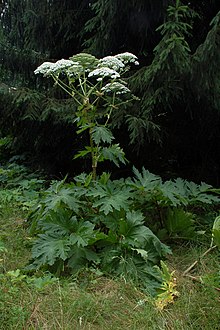
 - Tardigrade
The tardigrade has been talked about in this thread before, but in 2017 a research was done that may or may not have some strange implications of this creature. HOX genes are, to put it simply, the blueprints to anything that has DNA. If these genes are mixed up you could have legs on your head or eyes on your side (this has actually been tested on fruit flies, research at your own risk). Most organisms have about 10 HOX genes, but tardigrades have 5, meaning two things. One, that they are closely related to nematode (because they also have 5 HOX genes) as opposed to arthropods (as their legs would suggest). And two, that if they did have all 10(ish) HOX genes they would likely resemble a centipede and I don’t sleep well knowing that in an alternate universe, indestructible, small, centipede creatures are a thing.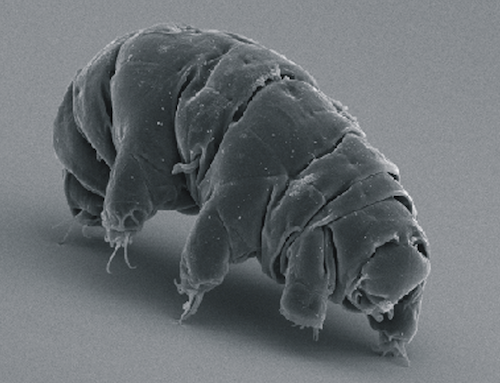

This is going to be a long thread. I find out about new and weird creatures all the time.
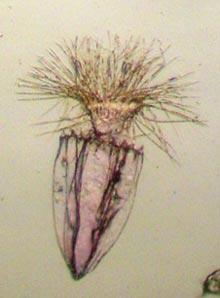
Loricifera is a phylum of small to microscopic creature that live in marine sediments. They live in a lorica (a secreted shell that may incorporate debris from the creatures environment) attached to a hard surface, from which they filter feed. The discovery of three species of loriciferans which respire anearobically using hydrogenosomes instead of mitochondria and who live their whole lives in an anearobic environment is a first for animals.
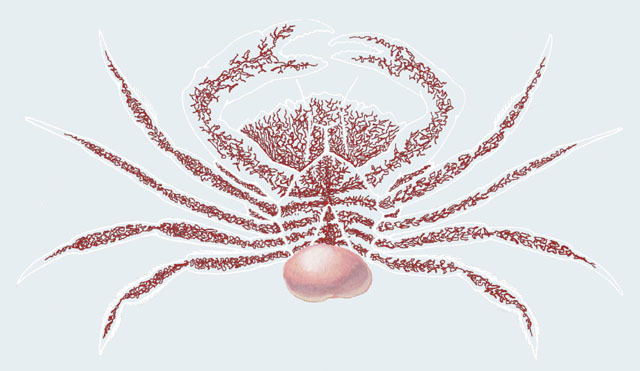
This genus of barnacles looks very little like a barnacle, and indeed very little like a crustacean of any kind. It consists of a large reproductive bulb which protrudes from the brooding chamber of its crab host and a system of “roots” which spread throughout the body of its host and extract nutrients. It survives by mimicking a clutch of eggs in order to gain the protection of its host, and secretes chemicals which invoke its maternal instincts. It may even cause a sex transition in male hosts.
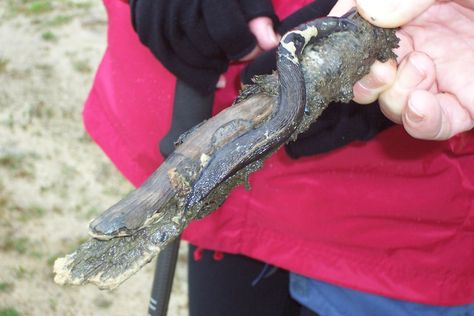
The largest land slug, growing to over 20 centimeters. Native to much of Europe.
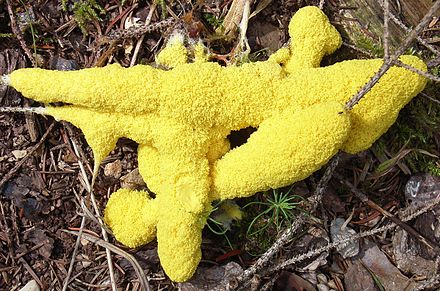
A creature consisting of many nuclei sharing a single cell wall, which is capable of changing its shape. It feeds on microorganisms in its environment. For an organism with no neurons, it shows surprisingly sophisticated behavior.
Although a few sea cucumbers are able to swim for short stretches, Pelagothuria Natatrix takes it to a whole new level, by living in the water column. It uses its webbed feeding tentacles much as a jellyfish uses its bell to swim.
1.Hairy frogs - frogs, that can release bones of phalanges of fingers to protect. Bones pierce skin thanks to special muscles. Name got thanks to skin growths, that appear in mating season. Because their lungs not sufficiently developed for long-term stay on land, that growths are full of blood vessels.
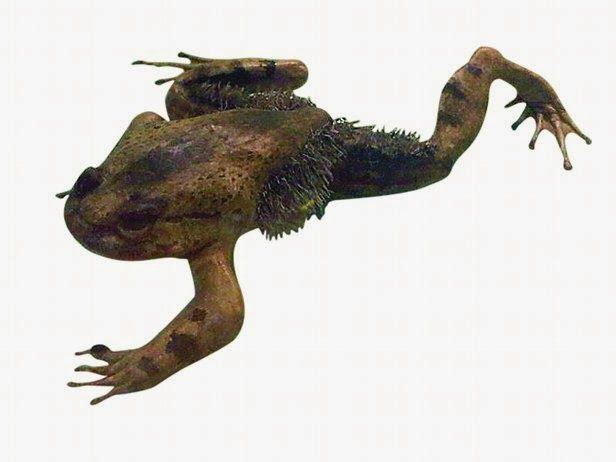
2. Onychophora - animal, like caterpillar and annelid. It interesting of 2 things. That night creature, because very highly dependent on water. When comes dry period, they get together and go away unusual way. And another. When the onychophora is hunting, it use sticky liquid, like web to spiders. It appeared about 500 of millions years ago, and at that time, when on ground was only scorpions and insects, it had got that skill!
3.Zombiefication mushroom - very interesting parasitic mushroom, earlier called “Brain parasite”, but last researches proved,that the brain remain intact. That mushroom grow up in the ant, germinates through the head and produces spores. When it grows, ant walks away, looking for favorable location to mushroom. It manages ant’s “muscles” and nerves, as puppeteer. When ant find good place, parasite paralysie mandibles, which are grasps per sheet.
Did you wait me? I returned and…
Maybe, i’ll again lose any interest to that or not. Who knows. Now i want to tell you about Spider-tailed horned viper or “Pseudocerastes urarachnoides”.
That snake has very interesting thing. As you understood upon reading name, it has tail with spider view. Why? Snakes hunt for the insectivorous birds, and, to lure them, it use end of tail with elongated scales. Thanks to coloring of scale, they can to lure birds on rocks. You can watch that here.
Did you hear about sexual parasitism?
Photocorynus spiniceps - fish from the squad anglerfish. Here we can see strongly pronounced sexual dimorhfism. Males(6-7mm - smallest fish in world) smaller than females(50,5mm). Free-floating males have good senses, but when they find appropriate female, firsts attache to back as real endoparasites and live so. Tissues are fused, male live thanks to nutrients, moved with blood. Only one thing, doing male - fertilization of the egg. Whole other life he will be a parasite.
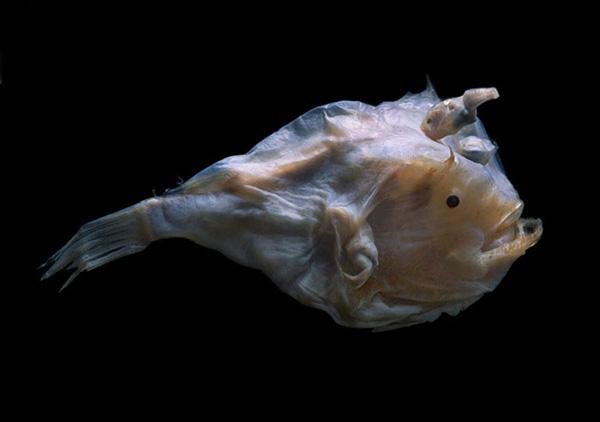
Nature amazing…
Seahorses. Fish with strange body shape. They are with vertical body. But more interesting thing - their skeleton. Mostly in tail. Skeleton there looks like pyramid with square pieces of bones. But square doesn’t consist of a single bone, but of 4 bones, similar to the corners of square. Why do they have so strange and unlike as anybody’s else skeleton? You know, that seahorses can imitate corrals with attaching to them. To look plausible, they must give in to the flow of water and at the same time hold fast to the corrals. And the most important feature of this skeleton is that this structure of the skeleton allows it to contract and bend as it need.
Wallace’s Flying Frog has always been one of my favorite mostly due to their unique property of using their webbed feet to glide. It’s rather mysterious because few have ever seen it. It’s a type of moss frog. It’s webbing not only makes it glide but also increases it surface area. They are usually found in Southeast Asia.
In the world are many species of gliding animals. You can actually find gliding squids, fish, frogs (you mentioned), lizards, snakes, birds, dinosaurs, mammals. Everywhere are examples. And, agreed, snakes and frogs are really interesting
WAIT WHAT FLYING SNAKES?!
I never knew that would even be possible
Even some apes can fly by going inside metal tubes:
They’re called homo sapiens and are really strange.
I wrote about them here 
Nobody reads me here 
Humans are really weird when you think about it.
Hairless apes(except for the head) who have inferior body structure than gorillas who managed to become really advanced.
If we could read an animal’s thoughts they’d think we’re strange.
You know the mechanism of flight in flying snakes is pretty amazing. When they jump from a tree, they flatten their ribcage and body in order to increase surface area and catch the air, and then use their slithering motions to steer in mid air while they glide. The ways creatures can adapt the ability to fly is truely amazing.
I started to think that thrive is going to be very very complex…
dont open if you have depression
thrive is almost impossible to develop
think about it
put an f if you read this post after 6 days (or 7 8 9 i dont care)
Of course it is. I mean it supposed to have everything realistic right?
To a point. Thrive is still a game.
Flying snakes are real, but I’m pretty sure those first two are fictional.
